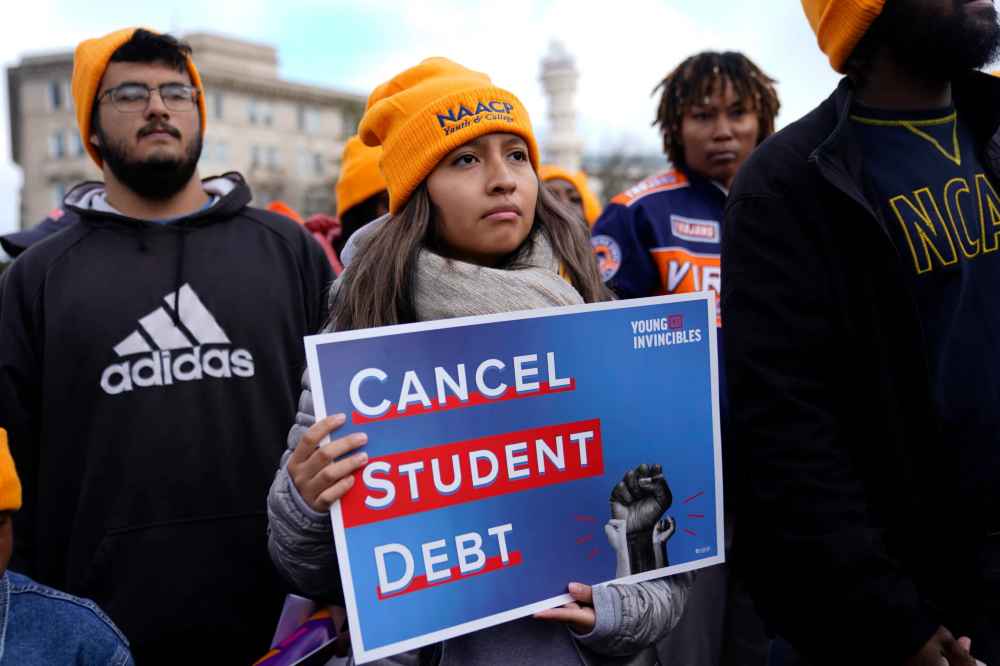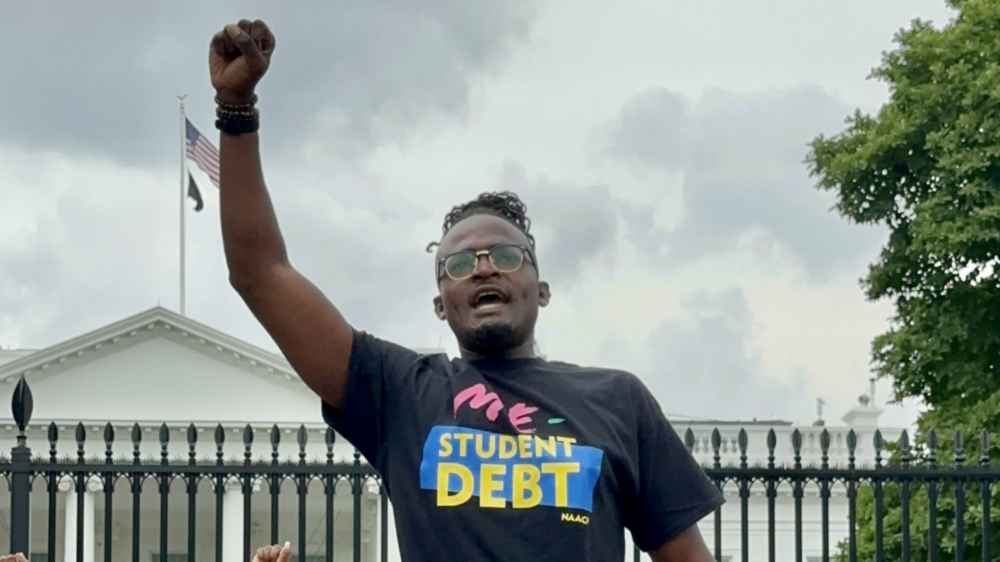Since the start of the COVID-19 pandemic, the Trump administration implemented a pause on student loan payments, providing relief to borrowers.

Student loan borrowers are being advised to prepare for the resumption of payments in October, which could be a challenging experience for millions of people
However, this pause will end soon, and borrowers need to be ready. Around 43 million individuals with federal student loan debt totaling $1.6 trillion have taken on additional debt during this period, such as car loans, mortgages, and credit card debt.
It is crucial for borrowers to understand that around 40% of them will have a different loan servicer than before the pause, which could lead to confusion. Additionally, some borrowers who entered into loan agreements during the pandemic have no prior experience making payments. Concerns have been raised about the ability of loan servicers to handle the increased volume of inquiries, especially since the federal Education Department did not receive additional funding this year.
Several factors should be considered by borrowers as they prepare to resume loan payments. Many borrowers now have more debt than before the payment pause, with approximately half of them having at least 10% more debt. The increase in debt is attributed to credit card debt, auto loans, and rising interest rates on other loans. It is important for borrowers to reach out to their loan servicers if they are already behind on other bills, as they may require assistance before the addition of student loan payments.
The transfer of student loan accounts to new loan servicers has been ongoing during the payment pause, with more than 17 million accounts already transferred
The Consumer Financial Protection Bureau (CFPB) expects this number to exceed 30 million by the time payments resume. Experts emphasize the need for a proactive and targeted campaign to help borrowers navigate the repayment process effectively.
One option for borrowers is to explore income-driven repayment plans, which align payments with income levels. These plans can significantly reduce monthly payments, potentially even down to $0, based on a borrower’s salary and household size. They require an application and annual income checks, and any remaining debt after 20 or 25 years may be forgiven.
READ ALSO: Texas Representative Offers Legislation To Prevent Federal Aid To States That Carry Out Reparations




